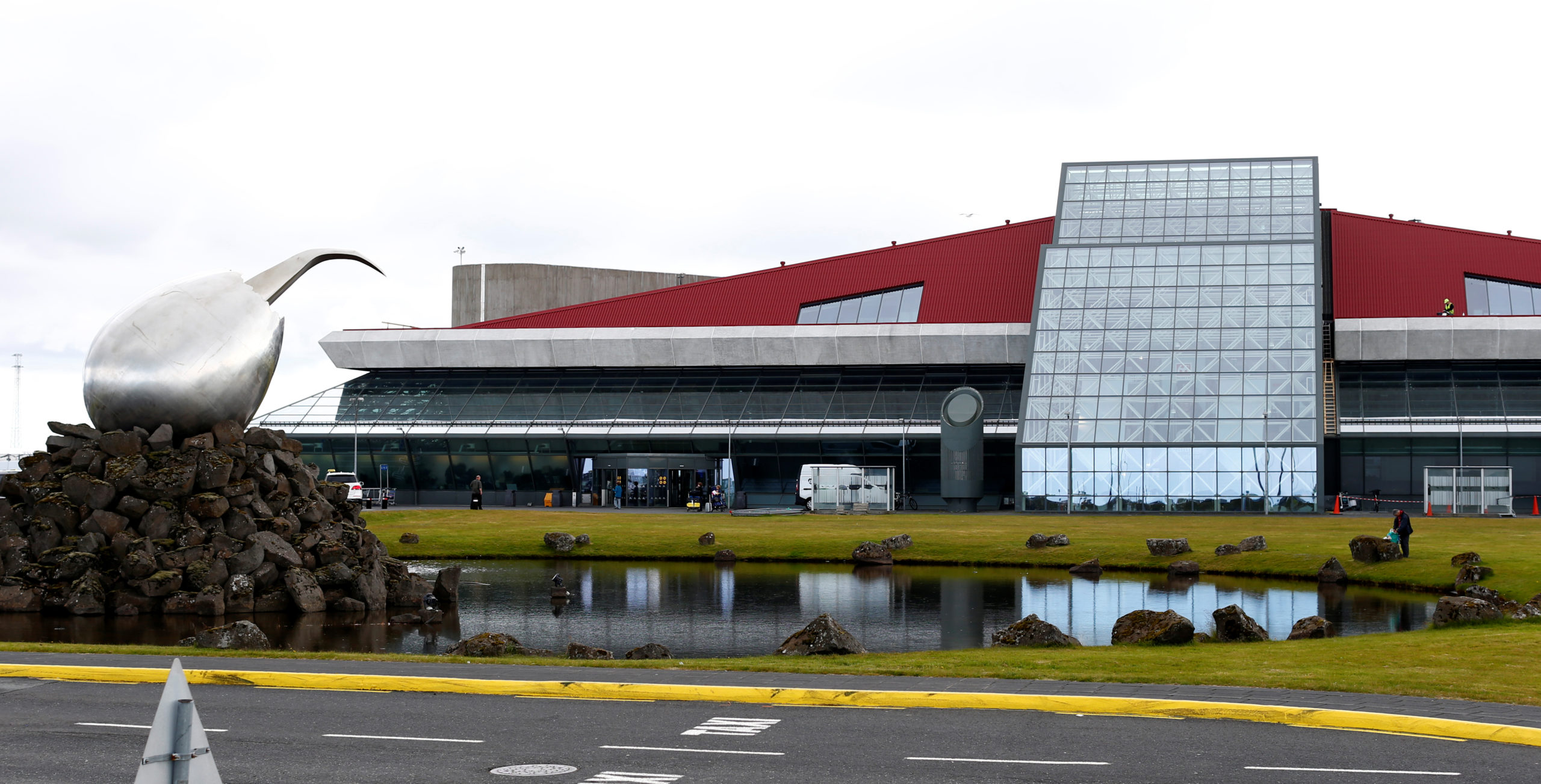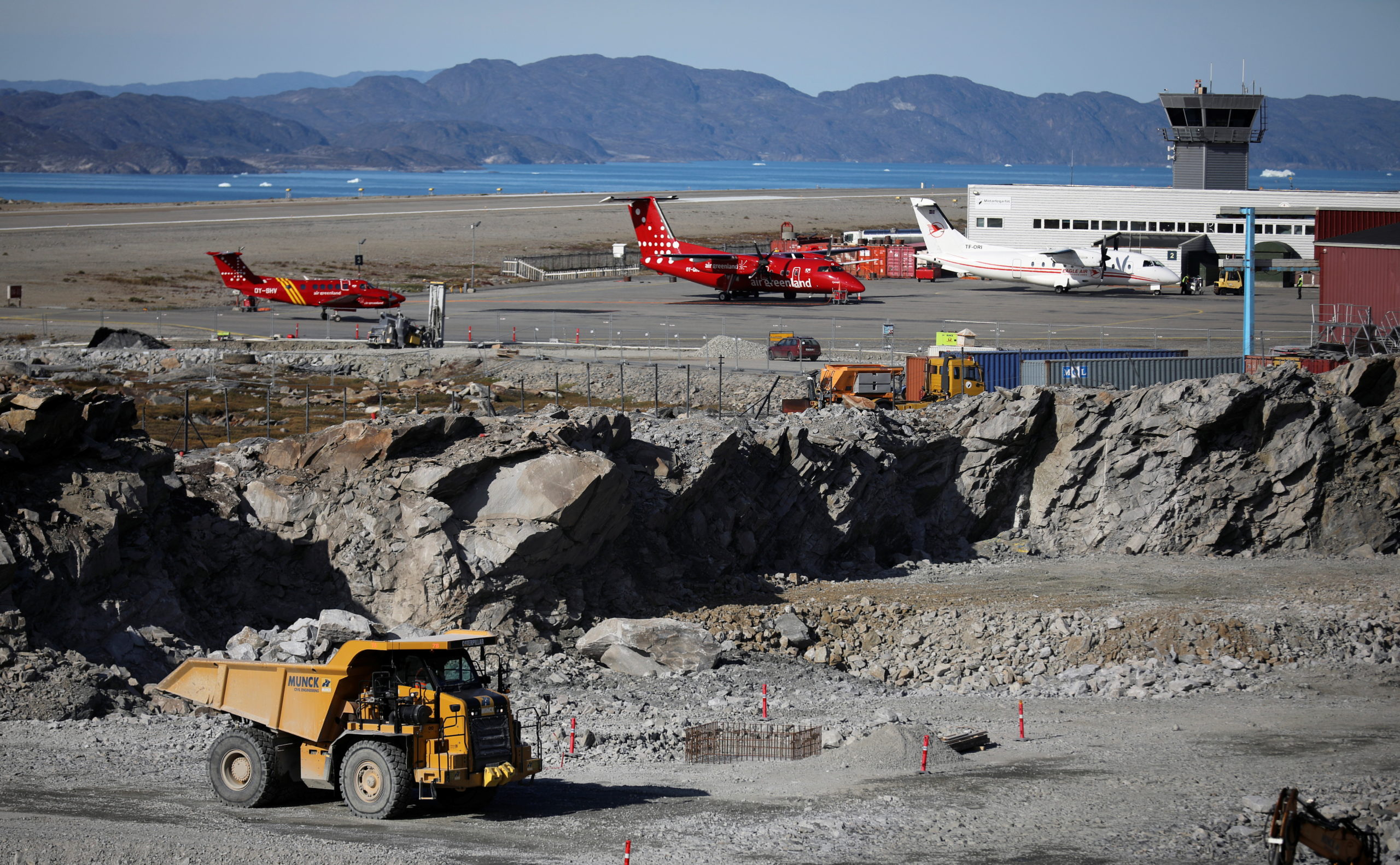New Icelandair connecting flights will ease travel between Greenland and North America
Two existing routes will move from the local airport to Iceland's international airport, making travel to Greenland from North America much more accessible.

Icelandair will soon offer two routes to Greenland from Keflavik International Airport, a move that will make it significantly easier for travelers from North America to reach Greenland.
Beginning on June 1, travelers will be able to fly from Keflavik to Nuuk or Ilulissat.
Currently, those flights are offered from the Reykjavik’s domestic hub airport, located in the the city of Reykjavik and nearly an hour away from Keflavik. International travelers were frequently forced to book overnight layovers in Iceland in order to catch the flights and make sure all luggage arrives.
Iceland and Denmark are the only countries with direct flights to Greenland.
Air Greenland also offers flights between Keflavik and Kangerlussuaq, but that airline does not fly to North America, making connections more difficult.
But starting this summer, Icelandair flights to Nuuk and Ilulissat are moving from the Reykjavik airport to Keflavik. (Flights to Narsarsuaq and Kulusuk will continue at the city airport.)
The flights are coordinated to work with flights to and from the U.S. and Canada, which is increasingly in demand, said Icelandair spokesperson Michael Raucheisen.
“The flights to Greenland depart early morning after arrivals from the U.S. and Canada, and on the return leg they’ll arrive back in Keflavik before departures to the U.S. and Canada,” he told Lonely Planet.

While Iqaluit, the capital of Nunavut, once had direct flights to Nuuk, those ceased in 2015 after three years of faltering demand. Canadian North and Air Greenland signed a letter of intent in December 2020 to discuss potential partnerships, but so far, no direct flight has been reestablished.
Once airports in Nuuk and Ilulissat have been upgraded, they will be able to accept some direct flights from North America and Europe.
Before the pandemic, Greenland was seeing an increase of visitors via cruise ships, but a decline in visitors on international flights. More than 55,000 guests stayed overnight in Greenland in 2019 — a slight decrease from the year before.
Officials and business leaders in Greenland are eager to welcome additional jobs and income from travelers, partnering with the U.S. in 2020 on training programs for sustainable tourism and the hospitality industry.
But they are also wary of environmental degradation and over-tourism, particularly after the challenges and uncertainties of Iceland’s tourism boom.
In the past two decades, tourism in Iceland increased dramatically, from 248,000 international arrivals in 2002 to a peak of 2.3 million in 2018. This rapid rise in visitors has created challenges in environmental preservation and sustainability. The pandemic added additional economic uncertainties when travel dipped sharply.
Infrastructure in Greenland is limited, with settlements unconnected by a road system. That means visitors need to take boats or domestic flights to travel within Greenland, creating more environmental and logistical challenges.
Although Greenland offers breathtaking natural wonders, it is one of the biggest hotspots of environmental change on the planet.
The flights themselves produce emissions that contribute to climate change. “Climate change is the big story, and then you need to fly there,” Hjörtur Smárason, CEO of Visit Greenland, said in March. “It creates this contradiction.”